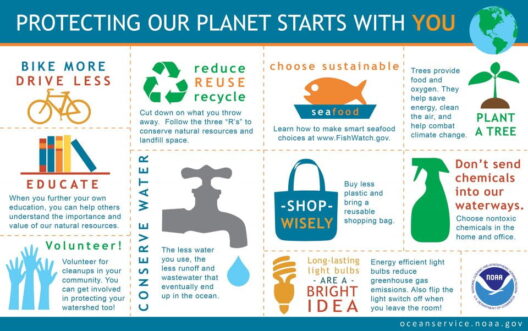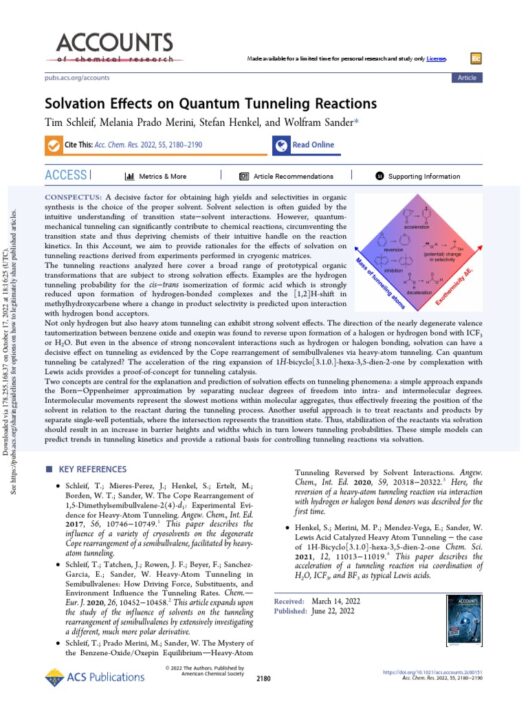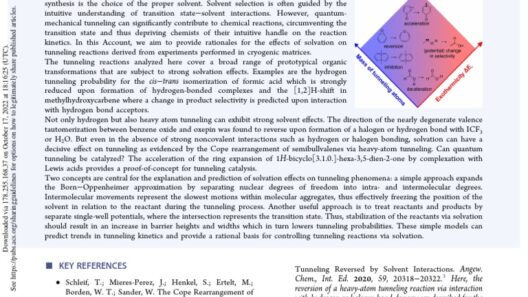The intricate tapestry of energy conservation is woven through a myriad of chemical reactions, especially oxidation reactions. These reactions are pivotal in the grand schema of energy transformation, especially in biological systems. Understanding them reveals how energy flows, is transformed, and is ultimately conserved in the grandiose chemical energy cycle.
At the core of oxidation reactions lies the concept of electron transfer, a process where electrons are stripped from one molecule and added to another. This transfer not only engenders a shift in chemical composition but also facilitates a change in energy states. When a substance undergoes oxidation, it invariably releases energy, a phenomenon that can be harnessed for various applications, from cellular respiration in living organisms to industrial energy production.
Oxidation reactions are intrinsically linked to reduction reactions, creating what is termed as redox reactions. The term “redox” is a portmanteau of reduction and oxidation, emphasizing that these processes are so tightly interwoven that one cannot occur without the other. For instance, when glucose is oxidized during cellular respiration, oxygen acts as the reducing agent, thereby allowing the process to proceed efficiently, culminating in the release of adenosine triphosphate (ATP)—the energy currency of cells. ATP captures this released energy, enabling organisms to perform work essential for survival.
The chemical energy cycle elucidates the transformative journey of energy through various states. Within living organisms, the journey typically begins with photosynthesis, where light energy is converted into chemical energy by plants. The glucose synthesized during this process contains stored energy in its chemical bonds. When glucose is oxidized in the presence of oxygen, it undergoes a series of reactions, primarily in the mitochondria of cells, releasing energy. This transformed energy is subsequently converted into ATP, which is utilized in myriad cellular functions, including muscle contraction, active transport, and biosynthesis.
In the broader context of ecosystems, energy conservation through oxidation reactions exemplifies a closed loop. The byproducts of oxidation, such as carbon dioxide and water, are utilized again in photosynthesis, thereby ensuring a continuous flow of energy. This cyclical process is a testament to nature’s efficiency, reinforcing the adage that energy cannot be created or destroyed; it merely changes forms. The conservation of energy in this cycle is critical for the maintenance of ecological balance and biodiversity.
From an industrial perspective, the principles governing energy conservation in oxidation reactions inform numerous processes. Combustion, for example, is an oxidation reaction that releases energy by burning fossil fuels. While this method has propelled industrial advancement, it raises pressing concerns regarding sustainability and environmental impacts. The carbon emissions resulting from such processes contribute to climate change, emphasizing the need for alternative energy sources that adhere to the same principles of energy conservation but with minimal ecological detriment.
As society grapples with climate change challenges, a paradigm shift towards renewable energy sources is emerging. Biomass fuels, hydrogen fuel cells, and solar energy represent pathways for harnessing energy through redox reactions without the glaring environmental consequences of traditional fossil fuels. For instance, hydrogen fuel cells operate on the principle of oxidizing hydrogen to generate energy, embodying the potential for a cleaner, sustainable future. By aligning with the fundamental processes of energy conservation, these technologies promise to mitigate climate impact while providing reliable energy.
The exploration of enzymatic oxidation reactions also unveils a remarkable aspect of energy conservation. Enzymes, as biological catalysts, facilitate oxidation by lowering the activation energy required for reactions to occur. This efficiency not only accelerates biochemical reactions but also conserves energy that would otherwise be expended in non-catalyzed processes. The biological implications are staggering; life, as we know it, hinges on such intricacies, where oxidation ultimately is a key player in sustaining life.
Furthermore, in the realm of waste management, the principles of oxidation can be employed to mitigate environmental pollution. Processes such as bioremediation utilize microorganisms capable of oxidizing harmful pollutants, transforming them into less toxic forms. This natural mechanism exemplifies the recycling of energy within the ecosystem, as it not only conserves energy but also enhances the health of the environment.
In conclusion, the conservation of energy in oxidation reactions underscores the interconnectedness of chemical processes and ecological sustainability. Each transformation, each lost or gained electron, signifies a step in the dance of energy that fuels not only biological systems but also industrial and environmental paradigms. Recognizing the implications of these reactions offers a profound shift in perspective, awakening curiosity about the intricacies of our energy systems. As society progresses, embracing these principles unlocks the potential of a greener, more sustainable world—where energy conservation goes beyond mere chemistry and shapes the future of life on Earth.








